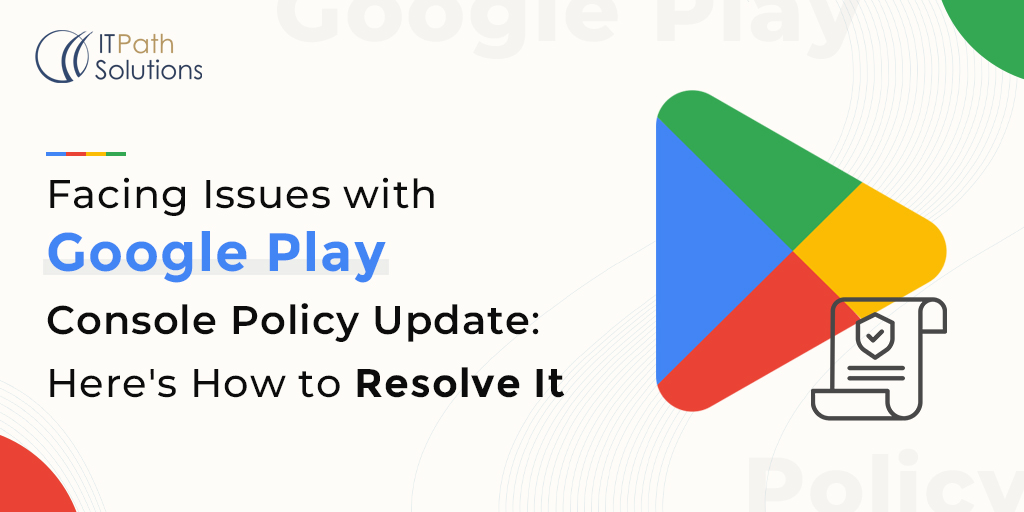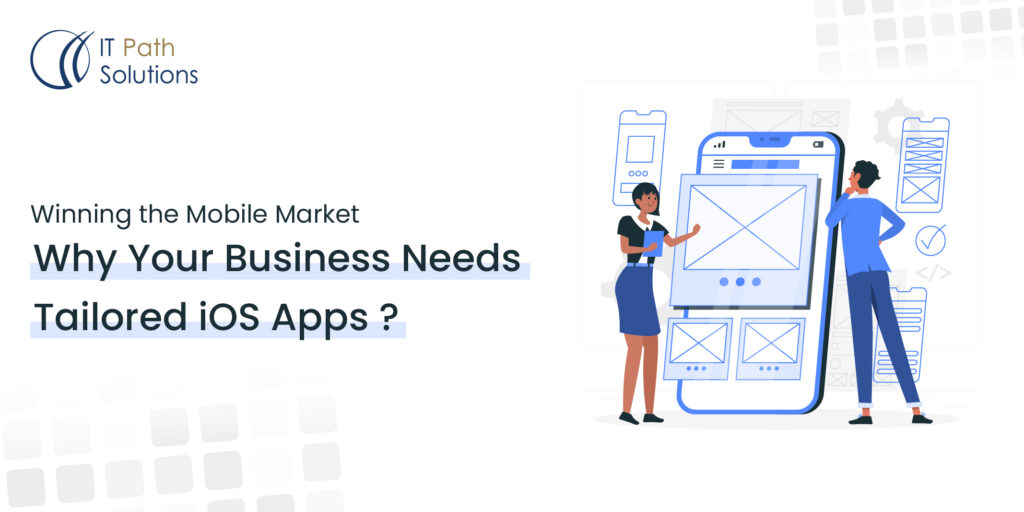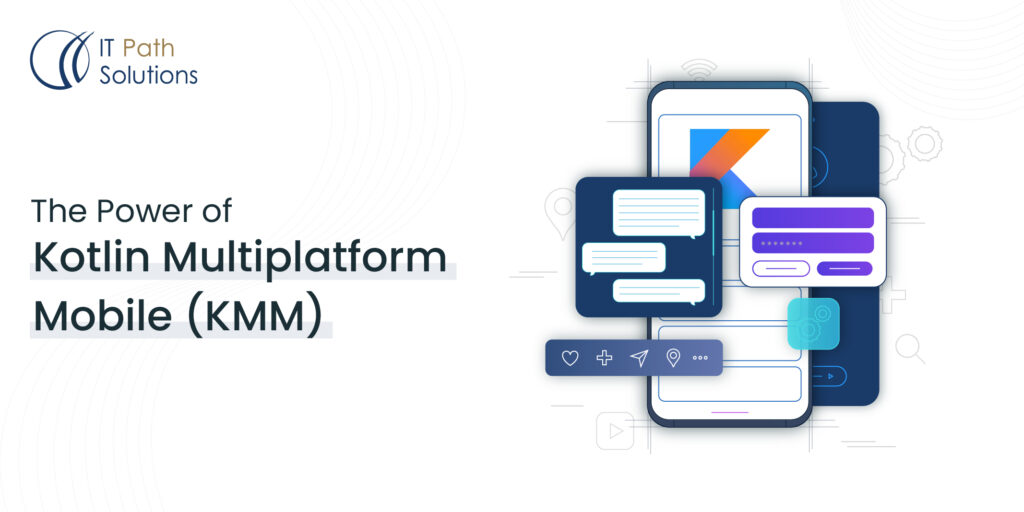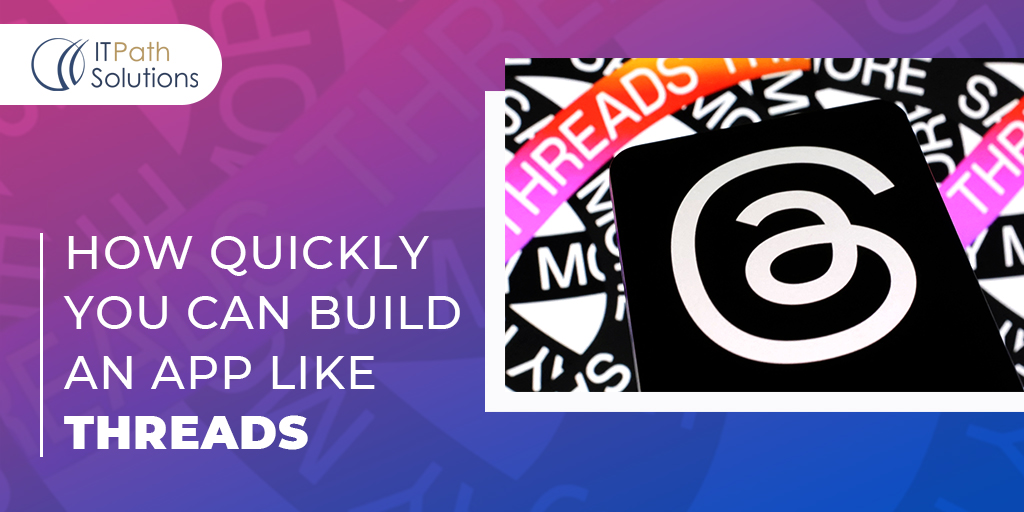Choosing The Right Tech Stack For Your Mobile App Development
Mobile app development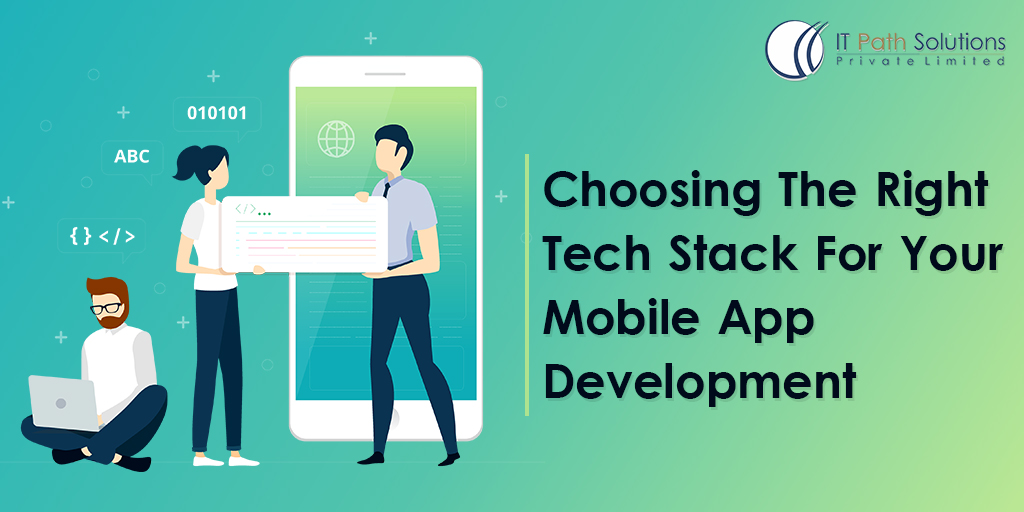
The technology stack helps in defining the scalability and stability of applications. A wrong combination often puts the effort into question. This is why, in 2024, if you are developing a futuristic application, the process requires maximum consideration.
Developing a slick, scalable, and high-performance mobile application is a dream of many entrepreneurs, but the real challenge lies in figuring out ways to achieve it. With so many mobile application development technologies available, selecting the right one that aligns with the project’s needs becomes critical.
However, we are happy to help you resolve all the queries around the topic and equip you with our team’s knowledge about these new & innovative technologies.
Before we start delving into the deep world of tech stack, let us first understand its basics.
What is Tech Stack?
Tech Stack is a combination of tools and technologies that helps in building and running applications. It comprises multiple layers that serve specific purposes at the front-end, back-end, and hosting.
While the Front end takes care of user interaction, the back end consists of a server, database, and applications to perform user requests.
Structure-wise, the tech stack takes input on the front end and provides that input to the backend where some action is performed by servers, databases, etc. For example, if a user clicks on the submit button on a form, the data entered by him is entered into a database, and then based on the data given, the server processes it and provides the right output to the user. Providing a smooth flow of data and information between various technologies is the major hurdle for any app development.
Why is selecting the right Technology Stack important for mobile application development?
Selecting the wrong technology stack would significantly impact the application’s performance, leading to a waste of time and money invested. However, the right one will surpass all the expectations. The selection of the right tech stack will not only enhance performance but also help you avoid problems such as application downtime, cross-platform incompatibility, and robustness challenges.
What factors should you consider while selecting the technology stack?
As mentioned above, the selection of the wrong tech stack can give you nightmares. But fret not, we are here to help. With our years of experience in the field, we can help you make the right decisions. Based on our experience, here are a few things that you should consider during the selection.
Product type:
Firstly, make yourself clear with your application’s goal. Ask yourself the following questions like;
- What is the purpose of building this application?
- How much complexity does the application involve?
- What is the type of application? (Social media, on-demand, Gaming apps, etc.)Cross-platform or native development?
Cross-platform application development is “The” trend in 2024. Having said that, if your application type supports native development only, go for it. It is best to do the market research and understand your audience. Figure out what budget you want to spend on app development. Based on this analysis, decide if you want to opt for iOS, Native, or both.
Security and privacy:
Securing your customer’s sensitive data is a serious responsibility. If you are planning to develop a social media app, video-chat application, or healthcare application, protecting customer’s data becomes crucial. You need to select a robust technology stack that helps in effectively managing sensitive data and prevents risks of data theft.
Maintenance and Team Skills:
You may outsource the app development tasks to an offshore app development company, but once it is deployed, it is your job to maintain the application. Is your team ready? Do they possess the expertise and experience required to handle the level of complexity?
Our advice: Be sure that your team will be able to handle the tech stack. If you are not, please get help from an experienced app development company like us!
Financial capacity:
While selecting the technology stack you must consider the developer’s rate, licensing fees, maintenance costs, etc. You must make sure the app development cost doesn’t break your pockets.
All of these considerations, along with a few others such as community support, third-party integrations, etc, will help you decide the technology stack for your application.
Let us now know more about the various technology stacks for Backend, Frontend, iOS, Android app development, etc.
Back-end technologies stack
The most important thing to understand about the back-end tech stack is that is all about applications, if you want to operate smoothly your backend tech stack needs to be robust, scalable, and ready to handle user requests and heavy loads and seamless transfer of information and data between the various components and technologies in the backend.
Structure-wise, the backend side contains the following elements:
– Programing Language(for example Python, PHP, Java Script)
– Framework(for example Ruby on Rails, Flask, Django, Swift, or Objective-C)
– Databases (for example, MongoDB and MySQL)
– Server providers (Apache, Nginx, etc.)
Front-end technology stack
The front end is the app or website interface you see when you access it. It consists of various information, multimedia, and content. By and large, the front end is designed primarily using HTML and CSS. The front end is also managed by various CMS such as WordPress, Magento, etc.
The technology stack depends on you are targeting which mobile platform, largely divided between Android and iOS. Cross-platform apps work on both and allow you to develop platform-independent apps while offering the same user experience and features for both Android and iOS users.
iOS App Development Stack
if you want to build an app in the Apple you need to hire an iOS developers who is proficient in Objective C and Swift language.
– Objective-C
Objective-C is an old programming language, that is robust and still feature-rich enough to be used even today.
– Swift
Swift is a new programming language developed by Apple Inc., released in 2014, it is used for iOS app development. It has many benefits such as the increased speed of code, enhanced memory management, and more simple debugging.
– XCode
XCode is an Integrated Development Environment, which means it pulls all the tools needed to produce an application in one environment, it consists of many developer-related individual tools for iOS app development. Its software package includes a text editor, a compiler, and a build system that permits iOS developers to write, compile, and debug apps, and submit them directly to the Apple app store.
– AppCode
It is the editor of iOS app code for Objective-C, C, C++, Swift, and Javascript.
Android App Development Tech Stack
– Java
Java is the most popular class-based object-oriented programming language. It is used for Android app development. To launch the app, the Android developer will use Android SDK, which provides many libraries for data structure, graphics, math, and networking.
– Kotlin
Kotlin is the most popular & safe programming language, it is based on Java virtual machine, and it is used for developing server-side applications with relatively little code writing.
– Android Studio
Android Studio is the official Integrated Development Environment (IDE) for developing Android apps. Developers use this Android Studio for Android app development. it contains writing code and debugging.
Cross-platform App Development Stack
– React Native
It is an open-source programming language created by Facebook. It enables using React native app development along with native platform capabilities for building apps with JavaScript and React for both Android and iOS platforms.
-Flutter
Google’s Flutter UI allows you to use existing code and develop cross-platform, responsive apps. One of the advantages of Flutter app development is that it’s an open-source platform, allowing Flutter developers complete freedom to develop the app.
-Ionic
Ionic offers multiple UI components that can be reused by Ionic app developers on all types of apps, which makes making a platform-independent app on Ionic easier Ionic is also an open-source language like Flutter
For your better understanding, here is the combination of technologies used by some popular companies.
Tech Stack list of some popular apps:
| Company | Programming Language | Database | Server | Server Side Framework |
|---|---|---|---|---|
| Dropbox | Python | MySQL, Hadoop, Amazon | Nginx | – |
| Airbnb | Ruby, JavaScript | MySQL, Redis, Hadoop, Amazon | Nginx | Rails |
| Java, Python, Go | MySQL, Redis, Hadoop, HBase | Nginx | Django, JavaScript MVC | |
| Uber | JavaScript, Python, Objective-C | MySQL, Redis, MongoDB, Riak | Nginx | Rails |
| Netflix | Java, Python, JavaScript | MySQL, Oracle, Cassandra | Nginx | Node.js |
| Zillow | Java, Python | MySQL, Mongo | SQL Server | – |
Parting Words:
We hope our blog has assisted you in narrowing down your tech stack choices for your project. The selection decision is both personal and sensitive, as it might affect the overall performance and functionality of the app. Feel free to reach out to us with any queries or project requirements. We’re happy to help!
 Healthcare
Healthcare  Education
Education  Real Estate
Real Estate  Logistic
Logistic  Fitness
Fitness  Tourism
Tourism  Travel
Travel  Banking
Banking  Media
Media  E-commerce
E-commerce 